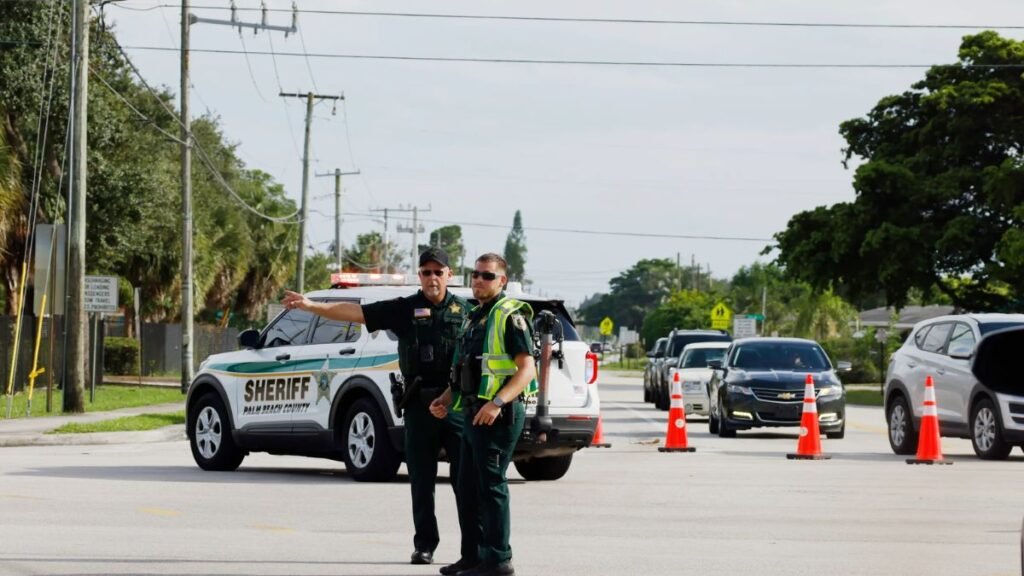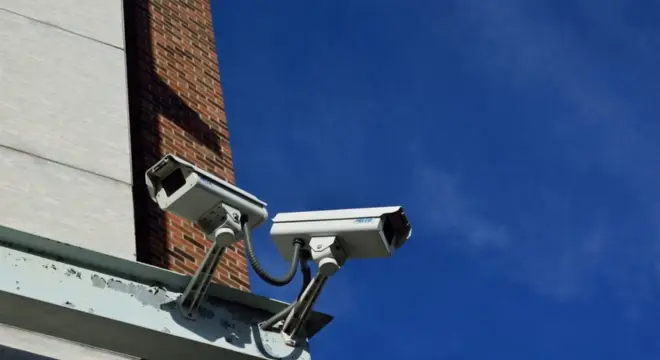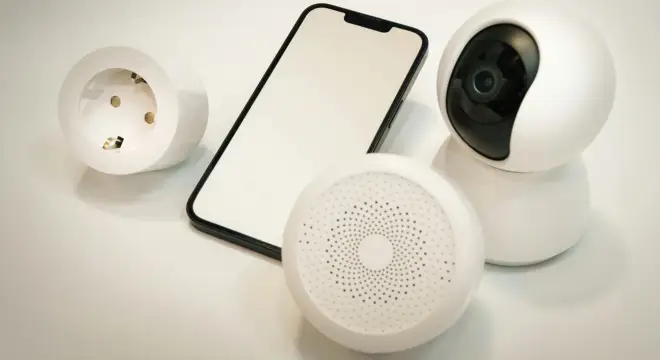A recent incident at the Trump International Golf Club in West Palm Beach, Florida, nearly turned into a national tragedy. An apparent assassination attempt on former President Donald Trump was foiled, but the event has left a lasting impression on security professionals—and everyday citizens alike.
For private estates, luxury communities, and large properties like golf clubs, the attack sheds light on serious security flaws and the need for robust, multi-layered protection. In this article, we explore the timeline of the incident, the suspect’s background, how law enforcement responded, and what kind of security improvements are essential for preventing similar breaches.
What Happened at the Golf Club?
On September 15, 2024, the Trump International Golf Club became the scene of a high-stakes security scare. While Donald Trump was playing golf, a Secret Service agent spotted the face of a man partially hidden in shrubbery—along with the barrel of a semiautomatic rifle. The agent quickly fired in the suspect’s direction, forcing the man to flee. Authorities later apprehended the individual in a neighboring county.
The Secret Service confirmed that no shots were fired by the suspect and that Trump was never directly in his line of fire, but prosecutors revealed the man had been planning the attack for months.
Who Was the Suspect and What Was His Motive?
The man arrested was 58-year-old Ryan Wesley Routh, a resident of Greensboro, North Carolina. With prior felony convictions dating back to 2002, Routh had no legal right to possess a firearm. According to the Justice Department, Routh had made several trips to the West Palm Beach area, where he monitored both the golf club and Trump’s Mar-a-Lago residence.
Federal agents uncovered several disturbing items in his possession: a rifle with an obliterated serial number, six phones, and a notebook filled with anti-government statements. Even more concerning was a handwritten note found in a box he had dropped off at another individual’s home months earlier.
The note described a failed assassination attempt and offered a cash reward to anyone who would “finish the job.”
This premeditated planning indicates a severe breakdown in long-range threat detection at a location that should have been under constant scrutiny.
You can read the full story here: The Threat to Donald Trump: Security Incident, Legal Proceedings, and National Impact
How Did the Secret Service and Law Enforcement Respond?
The quick reaction of a Secret Service agent most likely prevented an active shooting. Authorities confirmed that the agent fired immediately upon spotting the weapon. Routh escaped briefly, but was stopped by police shortly after in a neighboring area.
Prosecutors charged him with illegal firearm possession and are preparing to bring more serious charges involving an attempted assassination of a political figure. The court denied Routh’s bail, citing the “strong weight of the evidence” and his history of legal issues.
Where Did Security Break Down?
While the immediate response by the Secret Service was commendable, the fact that Routh was able to scout the location multiple times and hide himself with a rifle on the property highlights serious security weaknesses. The vast open nature of golf courses makes perimeter surveillance difficult, but not impossible.
In this case, shrubbery provided natural cover, making it easier for the suspect to remain undetected. Moreover, he had previously been in the area on several dates without triggering alerts. This suggests a lack of persistent surveillance, pattern recognition systems, and possibly understaffed perimeter patrols.
What Security Improvements Should Golf Clubs and Gated Communities Consider?

The Trump golf club incident reveals how large properties—whether recreational or residential—need more than just basic guards and gate access. Long-range planning and situational awareness are critical.
Golf clubs and gated communities should consider adding motion-sensor surveillance in areas with dense vegetation or blind spots. High-resolution cameras equipped with thermal imaging can detect human presence even in heavily landscaped areas. Regular aerial drone patrols could also assist in covering wide areas efficiently, identifying threats before they get close.
In addition, venues with VIP access or frequent high-profile guests should work with law enforcement to share data about recurring visitors and vehicle license plates. Establishing security routines for repeat events, rather than treating each day as a fresh slate, could have revealed Routh’s suspicious behavior earlier.
Private communities or estates with similar layouts to golf clubs can take note: relying solely on static CCTV and occasional patrols leaves too much room for threats to go unnoticed. Integrating smart analytics, geofencing, and coordinated response drills will raise the bar for deterrence and detection.
Could This Happen in Other Private Venues?
Unfortunately, yes. The openness of golf courses and the prestige attached to them can make them attractive targets—not only for political acts, but also for theft, trespassing, or personal vendettas.
Private resorts, vineyards, large estates, and luxury compounds all face similar vulnerabilities if they lack perimeter intelligence, real-time monitoring, and a responsive team trained to act quickly.
This incident should serve as a wake-up call to property managers and private security consultants. Strong deterrents and fast reaction are good—but preemptive identification and layered security planning are even better.
Final Thoughts
The assassination attempt on Donald Trump at a high-end golf course isn’t just a political story—it’s a security story with deep implications. It exposed how even protected spaces can be infiltrated with careful planning and determination.
Golf courses, private venues, and gated communities should see this as a warning, not a one-off event.
Security is no longer just about reacting to threats—it’s about anticipating them. Whether you manage a club, own a large estate, or live in a private community, it’s time to review your security protocols and update them for the modern world.


